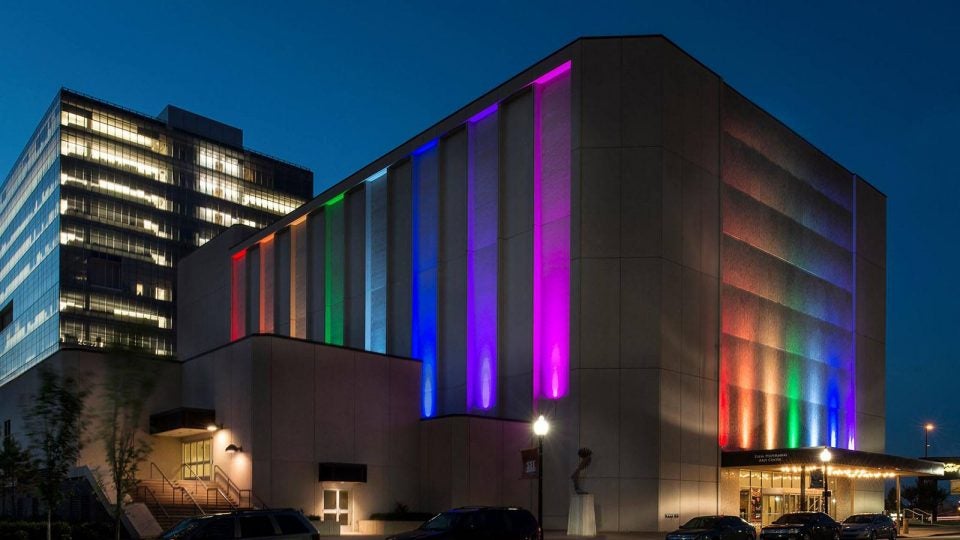In a move designed to give the Tulsa Performing Arts Center (PAC) more financial stability and flexibility, the City of Tulsa turned the PAC over to the Tulsa Performing Arts Center Trust to run day-to-day operations in mid-2019. It’s a move many cities are embracing to separate government operations from arts institutions, which operate quite differently.
The Tulsa PAC has six performance spaces and is the primary venue for the city’s performing arts organizations including the Tulsa Opera, Tulsa Ballet, Tulsa Symphony, Theatre Tulsa, the American Theatre Company, Theatre North, Tulsa Town Hall, Chamber Music Tulsa, Choregus Productions, Theatre Pops, Tulsa Project Theatre and Celebrity Attractions.
The PAC opened in 1977, and The Trust was a separate entity that presented programs outside the scope of the facility’s regular user groups, and ranged from children’s theater to folk and jazz music to Broadway touring productions.
The 40-year-old center has plans underway to renovate and expand the center by 142,000 square feet, essentially doubling the facility.
One month before the official handoff by the City of Tulsa, the Trust hired Jennifer Alden as CFO. Her first task was to deploy a fully integrated financial operations solution and to be up and running in time for the August 21 opening of Hamilton, the Broadway hit that would be the PAC’s largest show, bringing in just over $6 million.
“Previously, the accounting was all done by the city and the performing arts center staff had limited knowledge of financials,” Alden says. “So, we really didn’t have a financial system. The former director built an Access database to record sales and settlements for shows. It was not in any way, shape, or form an accounting system but more like a spreadsheet that stored a list of data.”
Because the city handled the center’s accounting under its governmental accounting procedures, the information the PAC staff received often came in three weeks or more after a show ended. They still needed to take the raw data and crunch the numbers to find cash balances, profitability, and whether the settlement reconciled with the cash balance.
“There was a lot of paper passing back and forth,” Alden explains. “It was very important to have an events system that integrated with our back-office solution going forward.”
 Canada (English)
Canada (English)
 Colombia
Colombia
 Caribbean and Puerto Rico
Caribbean and Puerto Rico
 Ecuador
Ecuador
 India
India
 Indonesia
Indonesia
 Ireland
Ireland
 Malaysia
Malaysia
 Mexico
Mexico
 Panama
Panama
 Peru
Peru
 Philippines
Philippines
 Singapore
Singapore
 South Africa
South Africa
 Sri Lanka
Sri Lanka
 Thailand
Thailand
 United Kingdom
United Kingdom
 United States
United States








